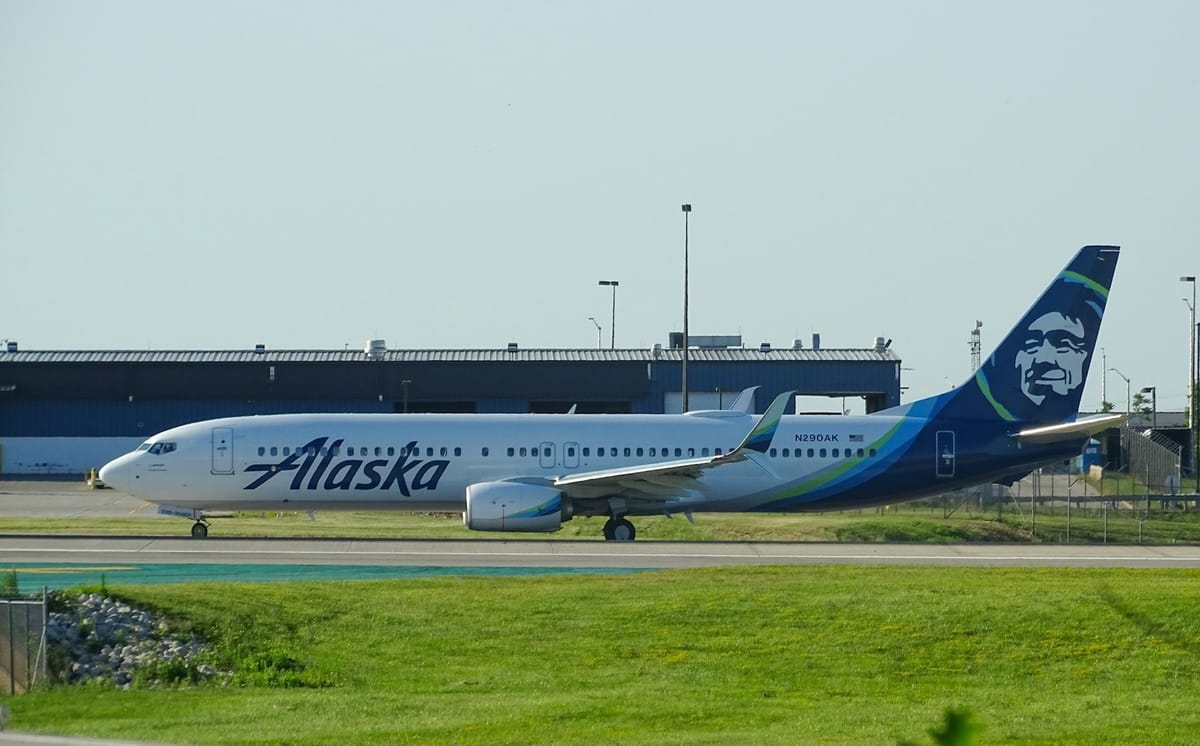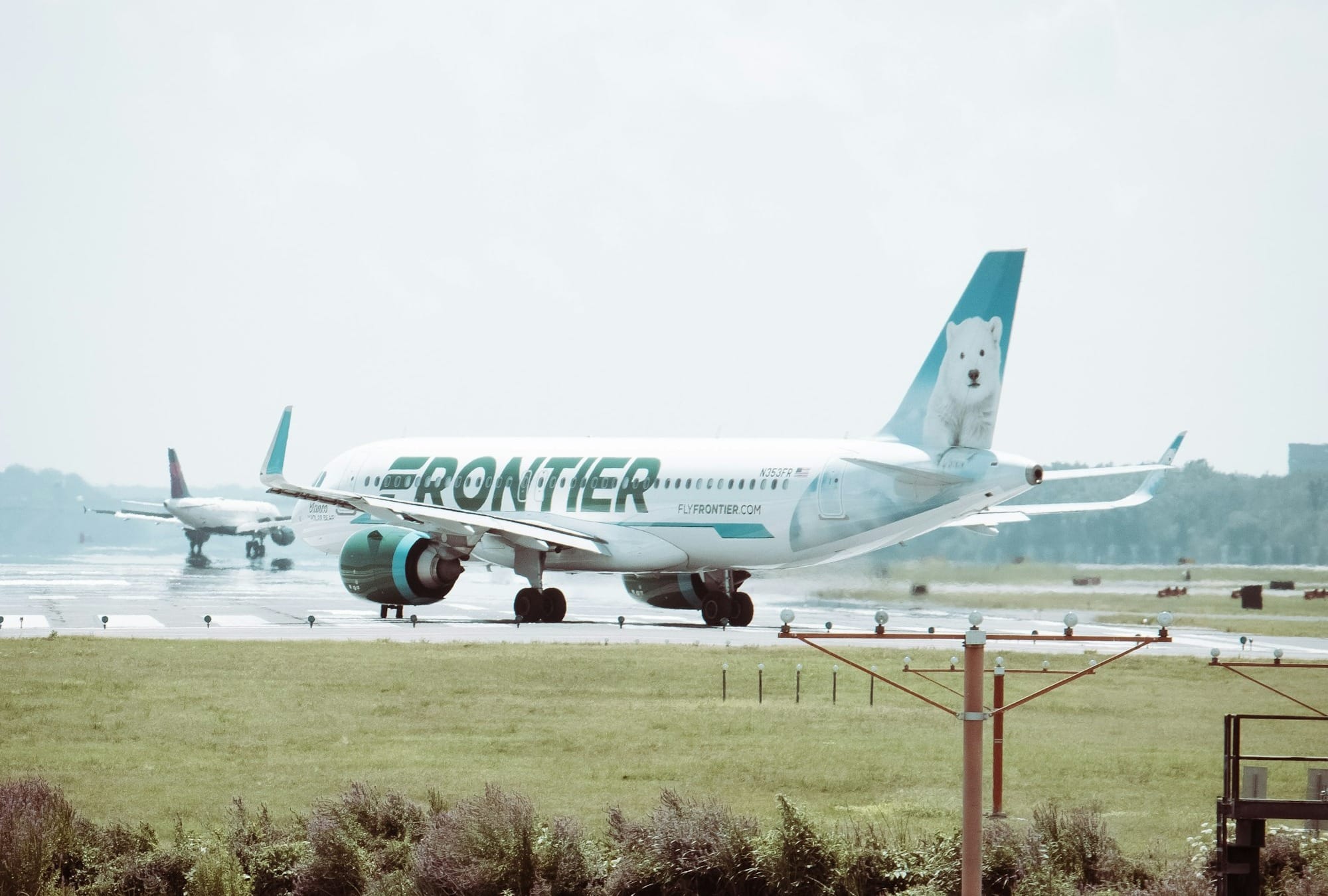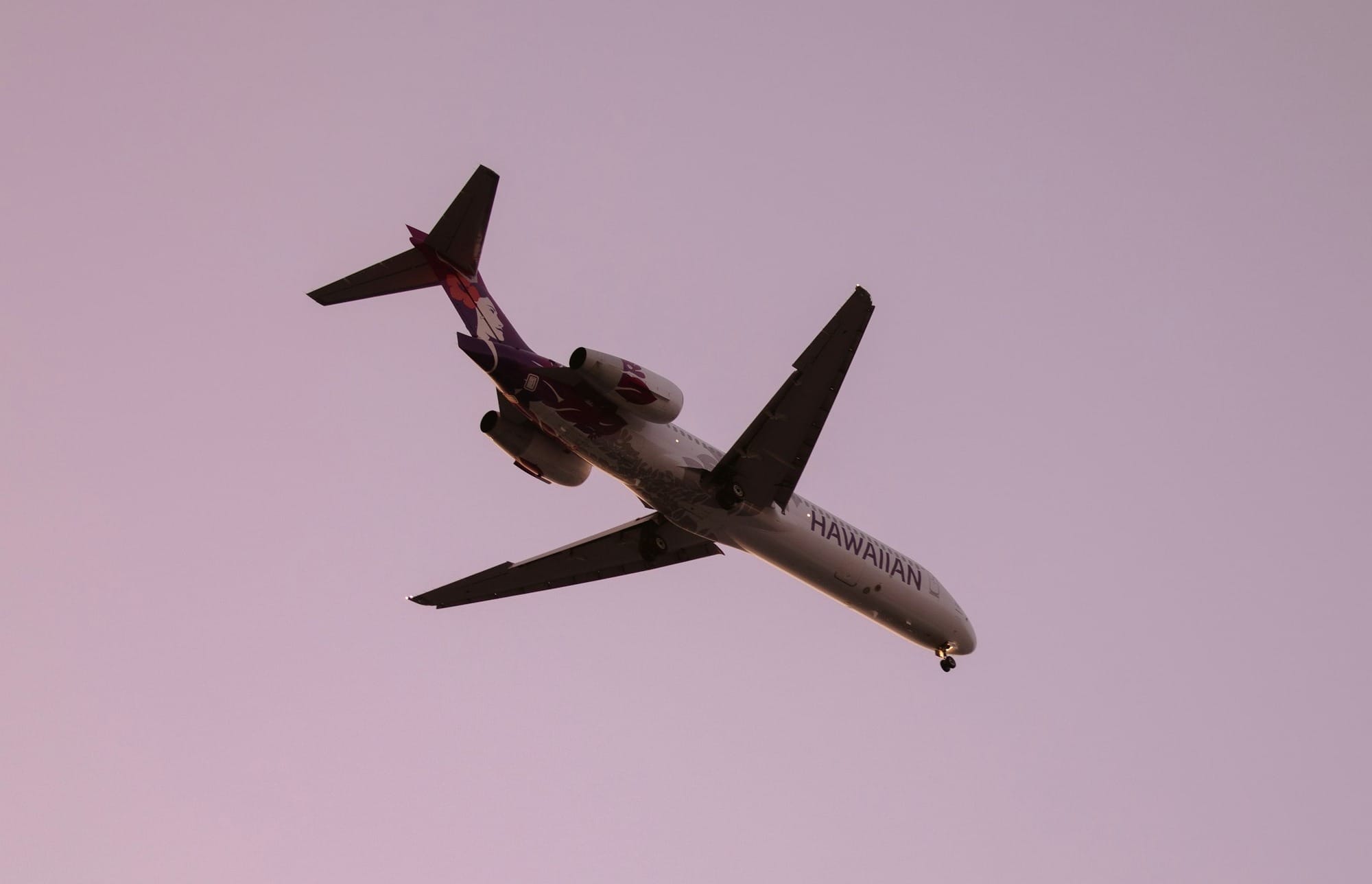Alaska Airlines Expects $150 Million Hit from 737 Max 9 Troubles
Alaska Airlines has announced that it expects to incur a financial impact of approximately $150 million due to the recent troubles with its Boeing 737 Max 9 fleet.

Alaska Airlines Expects $150 Million Hit from 737 Max 9 Troubles
Key Takeaways
- Alaska Airlines anticipates a $150 million financial impact due to 737 Max 9 issues.
- The grounding of the 737 Max 9 fleet has led to significant operational disruptions.
- FAA's investigation revealed quality control issues in Boeing's manufacturing process.
- Stricter oversight measures have been implemented for Boeing by the FAA.
- The incident has broader implications for the aviation industry and airline operations.

Financial Impact of 737 Max 9 Troubles on Alaska Airlines
Alaska Airlines has announced that it expects to incur a financial impact of approximately $150 million due to the recent troubles with its Boeing 737 Max 9 fleet. This significant hit comes in the wake of the January 5, 2024, incident where a door plug blew out of an Alaska Airlines 737 Max 9 aircraft shortly after takeoff from Portland, Oregon. The incident led to an immediate grounding of all 737 Max 9 aircraft by the Federal Aviation Administration (FAA), affecting not only Alaska Airlines but also other operators of the model. Alaska Airlines, being one of the largest operators of the 737 Max 9, was particularly impacted by this decision.
Breakdown of the Financial Impact
The $150 million financial impact estimate reflects various factors, including:
- Lost revenue from canceled flights during the grounding period
- Costs associated with accommodating affected passengers
- Expenses related to aircraft inspections and maintenance
- Potential compensation to passengers for disrupted travel plans
CEO's Statement and Operational Adjustments
Alaska Airlines CEO Ben Minicucci expressed his concerns about the incident and its aftermath, stating, "The Alaska Airlines team produced an exceptionally strong performance in 2023. We are delivering on our commitments and remain well-positioned for the future, supported by the strength of our network and travel rewards program, our young and simplified fleet, our operational reliability, and our outstanding team."
The grounding of the 737 Max 9 fleet has forced Alaska Airlines to make significant adjustments to its operations. The airline had to cancel numerous flights and rearrange its schedule to accommodate passengers using its remaining fleet. This disruption has not only affected the airline's bottom line but also its reputation and customer trust.
FAA Investigation and Findings
The FAA's investigation into the incident revealed quality control issues in Boeing's manufacturing process. A preliminary report from U.S. accident investigators indicated that the door panel that flew off the Max 9 was missing four key bolts. This finding has led to increased scrutiny of Boeing's production practices and has raised questions about the overall safety of the 737 Max series.
Stricter Oversight Measures for Boeing
In response to the incident and subsequent investigations, the FAA has implemented stricter oversight measures for Boeing. The agency has prohibited Boeing from expanding 737 Max production and has required the company to develop a comprehensive action plan to address systemic quality control issues within 90 days.
Broader Implications for the Aviation Industry
The financial impact on Alaska Airlines is not isolated. Other airlines operating the 737 Max 9, such as United Airlines, have also faced operational challenges and potential financial losses due to the grounding. United Airlines has expressed disappointment with Boeing over delays in the delivery of new Max 10 aircraft, which has affected their growth projections.
The $150 million hit to Alaska Airlines underscores the broader implications of aircraft safety issues on airline operations and finances. It also highlights the interconnected nature of the aviation industry, where problems with a single aircraft model can have far-reaching consequences for multiple stakeholders.
Future Challenges and Industry Discussions
Looking ahead, Alaska Airlines faces the challenge of recovering from this setback while maintaining customer confidence. The airline will need to work closely with Boeing and regulatory authorities to ensure that all safety concerns are adequately addressed before returning the 737 Max 9 aircraft to service.
The incident and its aftermath have also reignited discussions about the aviation industry's reliance on single aircraft types and the potential risks associated with such dependence. Airlines may need to reassess their fleet strategies to mitigate future risks associated with model-specific issues.
Summary
In conclusion, the expected $150 million financial impact on Alaska Airlines from the 737 Max 9 troubles serves as a stark reminder of the critical importance of aircraft safety and quality control in the aviation industry. It also underscores the need for robust oversight and accountability measures to ensure the highest standards of safety are maintained across all aspects of aircraft manufacturing and operation.
Q&A Section
Q: What caused the financial impact on Alaska Airlines? A: The financial impact was caused by the grounding of the 737 Max 9 fleet following an incident where a door plug blew out of an aircraft, leading to lost revenue, accommodation costs for affected passengers, inspection and maintenance expenses, and potential compensation for disrupted travel plans.
Q: What did the FAA's investigation reveal? A: The FAA's investigation revealed quality control issues in Boeing's manufacturing process, specifically that the door panel that flew off the Max 9 was missing four key bolts.
Q: How has the FAA responded to the incident? A: The FAA has implemented stricter oversight measures for Boeing, prohibited the expansion of 737 Max production, and required Boeing to develop a comprehensive action plan to address systemic quality control issues within 90 days.
Q: What are the broader implications of this incident for the aviation industry? A: The incident highlights the interconnected nature of the aviation industry and the far-reaching consequences of problems with a single aircraft model. It also underscores the importance of aircraft safety and quality control, as well as the need for airlines to reassess their fleet strategies to mitigate future risks.







